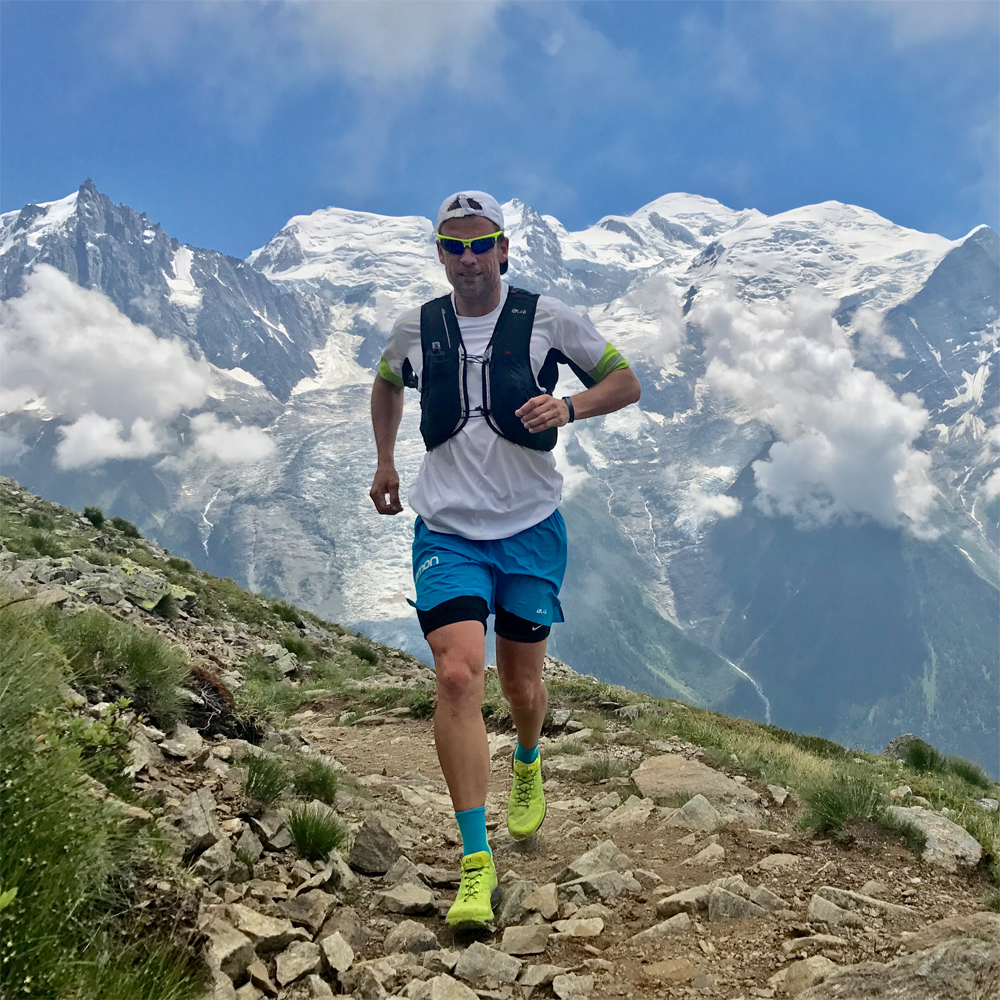How to go winter camping: head out into the colder months with confidence
Our guide to winter camping, with helpful tips on gear, apparel and cooking so that you can embark on awesome adventures, no matter what the conditions
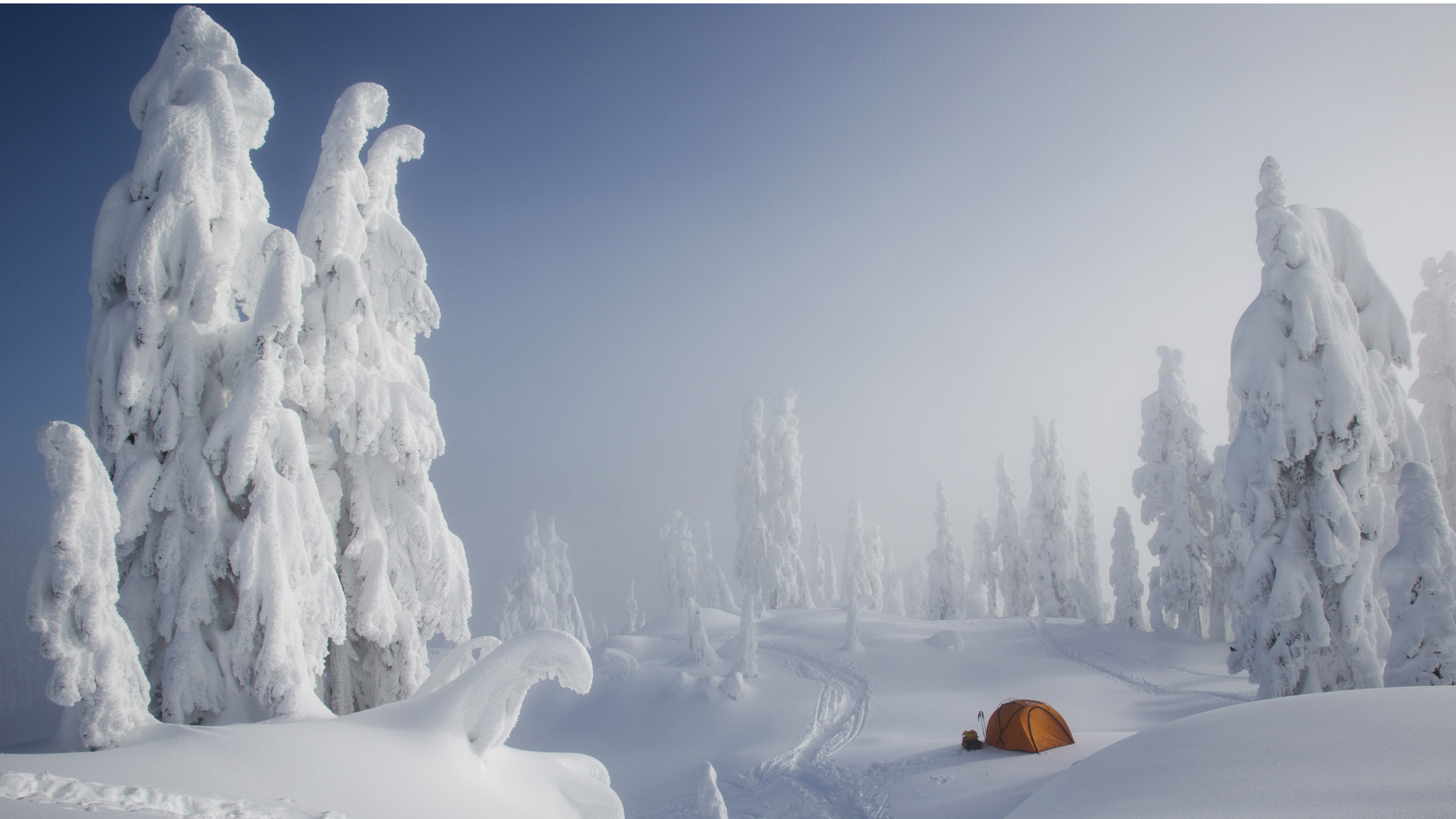
Winter camping? Are you bonkers? Do you not enjoy warmth? Even those who prefer winter hiking over summer expeditions – those who know how epic just being among snow-covered mountains can feel – are put off by the thought of staying "out there". It’s not that they don’t want to remain in this incredible, snow-kissed environment, an environment that can be at once ethereally beautiful and breathtakingly savage; it’s that they don’t have the faith in their kit or themselves to make it work.
But like it or not (and we really, really like it), winter is coming. So, what’s it to be, friend? The end of your wild camping days until late spring, or the start of a new adventurous approach to camping? If you’re leaning towards the latter, good on you. Read on. Knowing how to go winter camping and learning how to take your best tent into that spectacular winter arena might be the best thing you do this year.
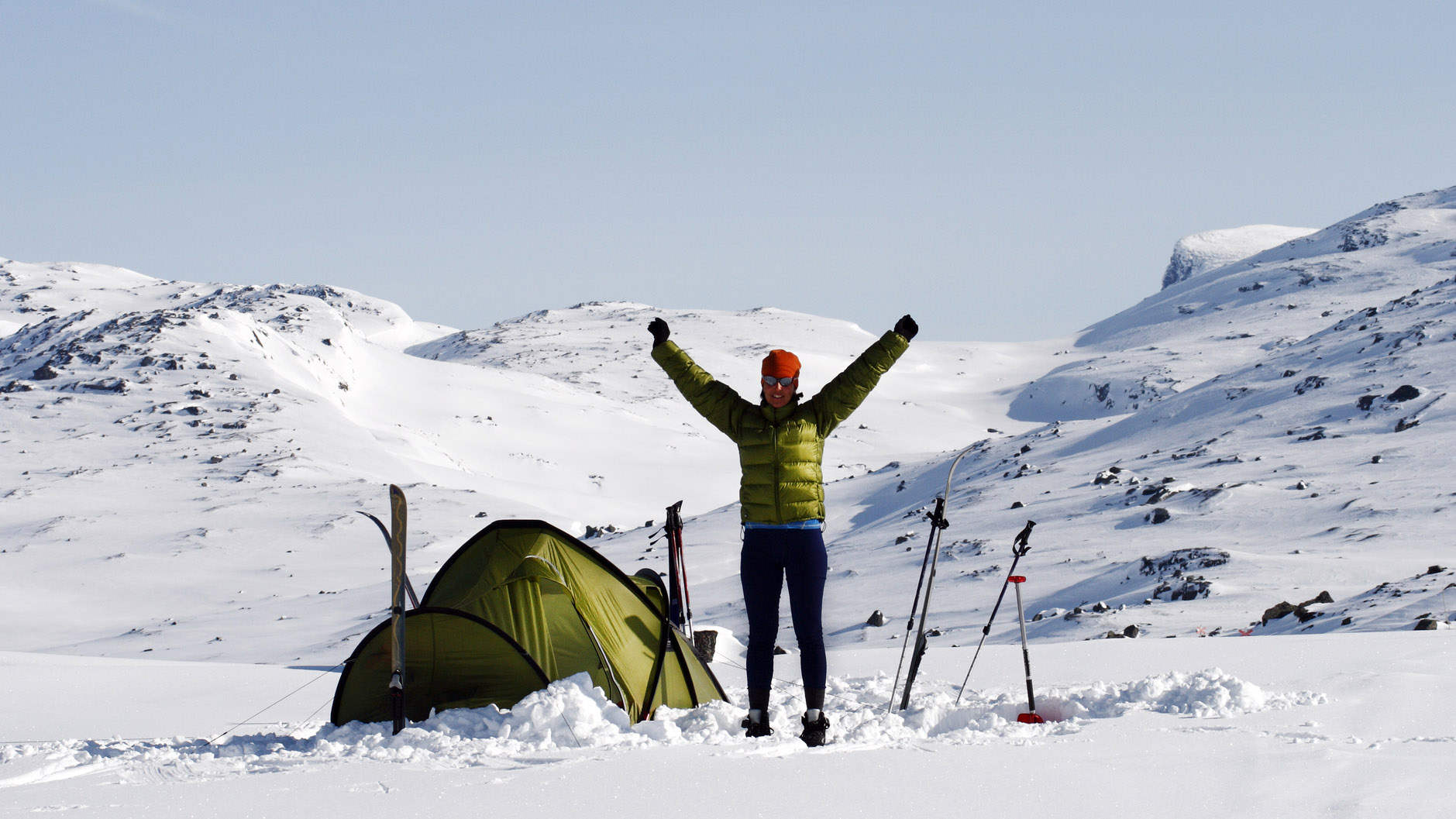
The crucial thing about winter camping is that – rather than making considerations to make yourself comfortable, as you do in summer – you’re making considerations to make yourself safe. Staying warm and dry are your absolute priorities and, in the depths of winter, you will also need kit that is designed to cope with the conditions. All the planning in the world won’t keep you warm at night if your best sleeping bag is only rated for summer.
However, get the right kit, get your head screwed on and plan your expedition carefully and there's no reason why your winter camping trip won't be a roaring success. Let's break down the essential considerations, starting with the gear you'll need.
Winter camping: essential gear
Shelter
First things first, warmth. Winter walkers know that there are a number of key ingredients needed to stay warm in harsh, wintery conditions. One of them goes as soon as you set up camp and get inside your tent. Movement is lost. "Keep moving" is something of a mantra when it comes to staying toasty in winter, which is why the thought of camping in this environment can seem counterintuitive.
Fortunately, you gain loads of another really key ingredient when you crawl into your tent. It is, of course, shelter. But you don't just want any old tent up here. Against the cruel, icy wind you need to choose a tent that's going to cope: a veritable castle of canvas, an unbreachable fortress of fabric.
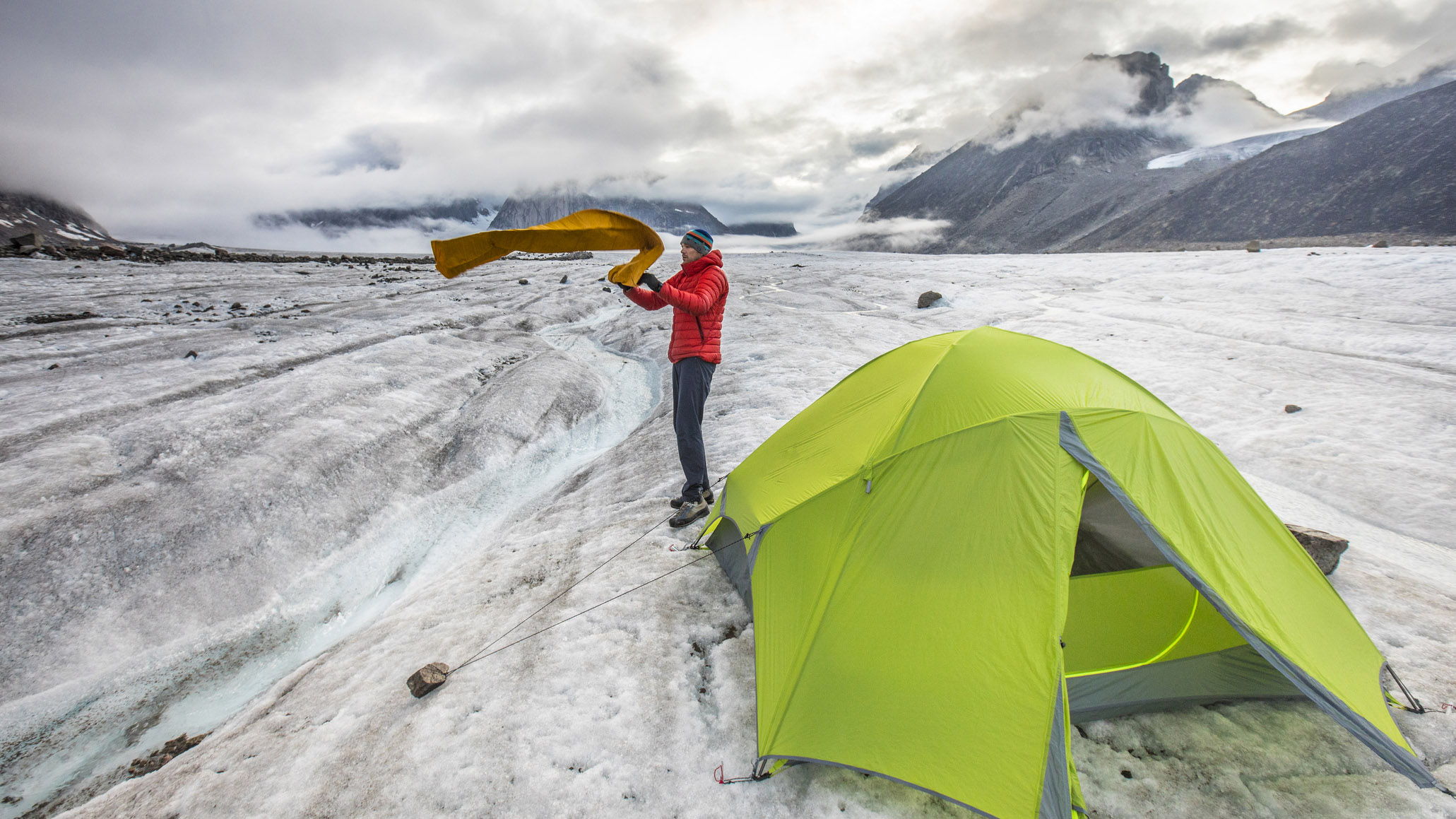
Here comes the inescapable fact, getting set up for winter camping can be expensive. Generally speaking, gear graded for winter is pricier due to the high design specifications and the materials needed to keep you warm and safe. So, starting with your tent, make sure you look for a model that is specifically designed for winter. A 3-season tent simply will not cut it.
Advnture Newsletter
All the latest inspiration, tips and guides to help you plan your next Advnture!
One of the keys to spending a comfortable night in any tent is properly venting it when you’re inside, especially if temperatures drop below freezing at night. Opening the vent flaps will reduce the amount of condensation build-up on the interior of the tent caused by your body heat and breathing. If you don’t open the vents, your tent will likely be lined with ice droplets when you wake up and the moment you move inside the tent, they will crumble down on everything.
Sleeping system
Next, you need to choose a sleeping bag specifically designed for the temperatures you’ll encounter. A four-season, winter-oriented sleeping bag that has a low temperature rating is essential. Find a model that also has draft collars behind the zippers and around the shoulders and hood to keep heat from escaping.
A sleeping pad is also crucial, with insulated air mats being the optimum choice. They offer an excellent mix of warmth and comfort for minimal weight. However, the main worry is always the risk of puncture, so be sure to carry a tent repair kit. Some of your clothes will also form a part of your sleeping system, but we'll come to those later...
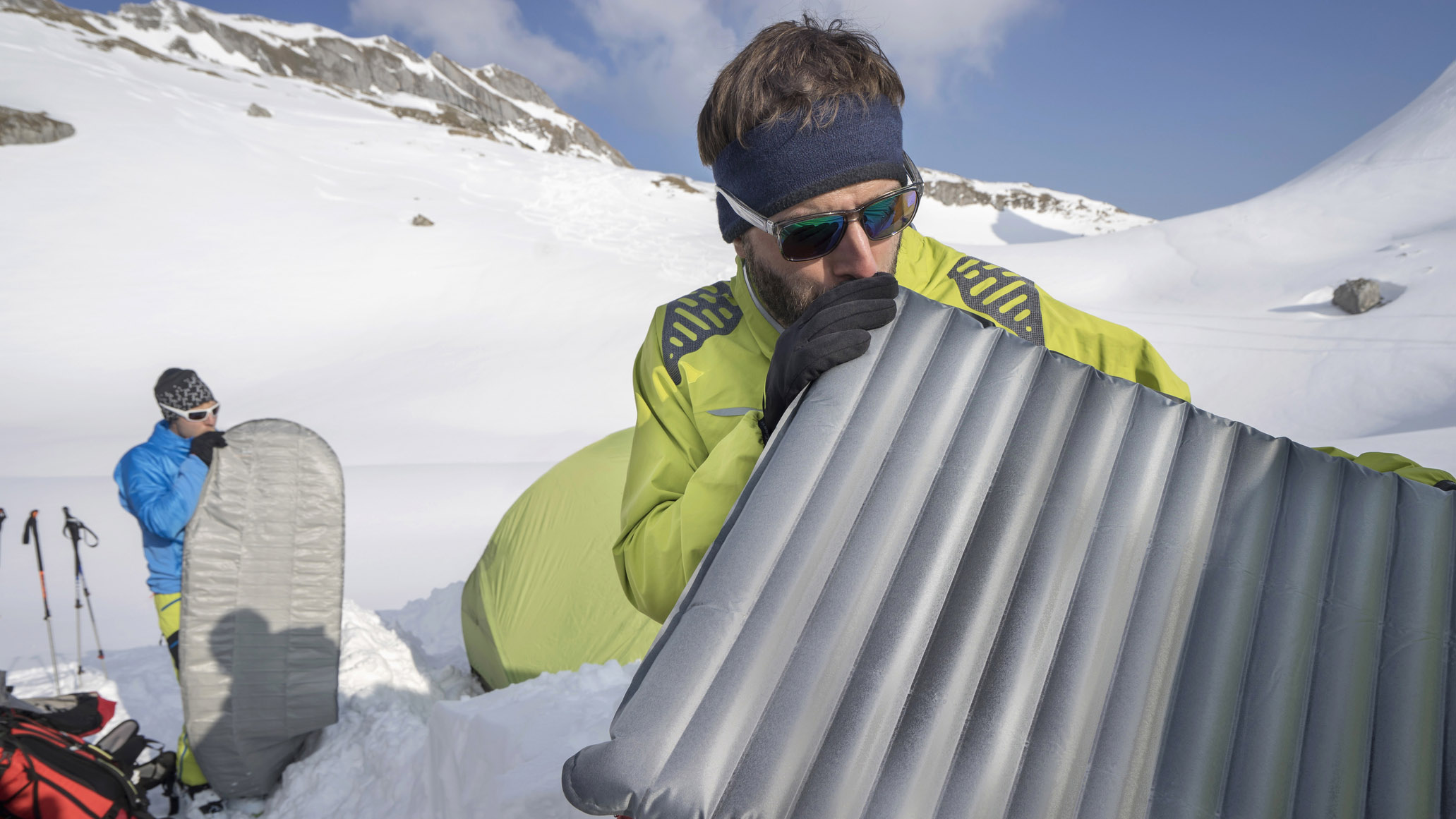
Staying dry
The key thing on any camping expedition, regardless of whether it is in the height of summer or the deep, dark, depths of winter, is keeping your essential items dry. If you're out in the mountains during winter, the odds are that you're going to get cold and you're going to get wet. This isn't such a problem when you get back to your car, turn the heating on, pop some banging tunes on Spotify and drive home.
However, when you're winter camping, being able to change into dry clothes while still out on the hill is absolutely crucial. When you are thinking about how to pack your backpack, consider which items need to be kept dry at all costs and make sure you've got enough dry bags to make this happen. As a minimum, your sleeping bag, sleeping pad, spare clothes, mobile phone and charging device should all be kept in dry bags.
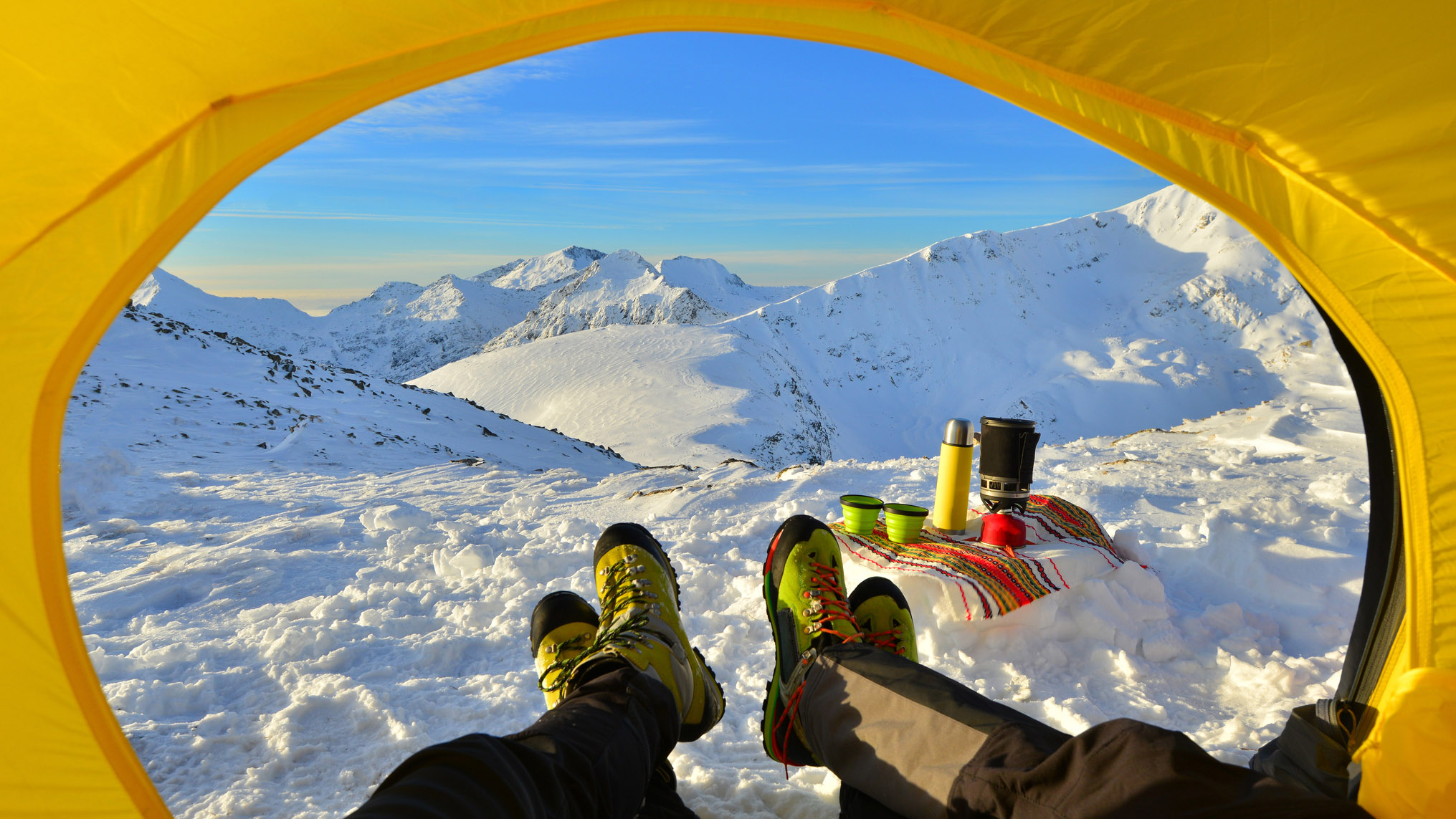
This should go without saying, but you should wear winter boots above the snow line. Gaiters are also a massive boon, stopping snow from getting into your boots from above, thus keeping your feet dry and toasty.
Other accessories
Other must-have gear elements and accessories for winter camping include a spork utensil for eating and stirring, a pot for boiling water, a mug for drinking coffee, tea or hot cocoa, two of the best headlamps (and back-up batteries), paper maps, a smartphone with at least one of the best navigation apps, a first-aid kit, toilet paper and maybe some playing cards or a book to read to pass the time in your tent.
Winter camping: clothing
This is a crucial area to consider when you’re packing for your winter camping trip, as layering is important if you are to keep warm. When you’re hiking, you’ll want to dress in synthetic or wool layers that will keep you warm but keep you from overheating or getting sweaty. If your base layers get damp from sweat (avoid cotton and other absorbent materials), you’ll run the risk of getting chilled and never get warm, and that can lead to hypothermia. Instead, you’ll want to dress in layers that wick moisture away from the skin.
Start with a synthetic or wool base layer t-shirt, underwear, and possibly tights/leggings that hug your skin. Follow this with insulating layers like a long-sleeve shirt, a fleece jacket or a thin, lightweight puffer jacket. For your exterior layer, a waterproof jacket and rain pants will also give you protection against the wind. A pair of the best hiking gloves, a lightweight hat, a neck gaiter and sunglasses are other items to consider.
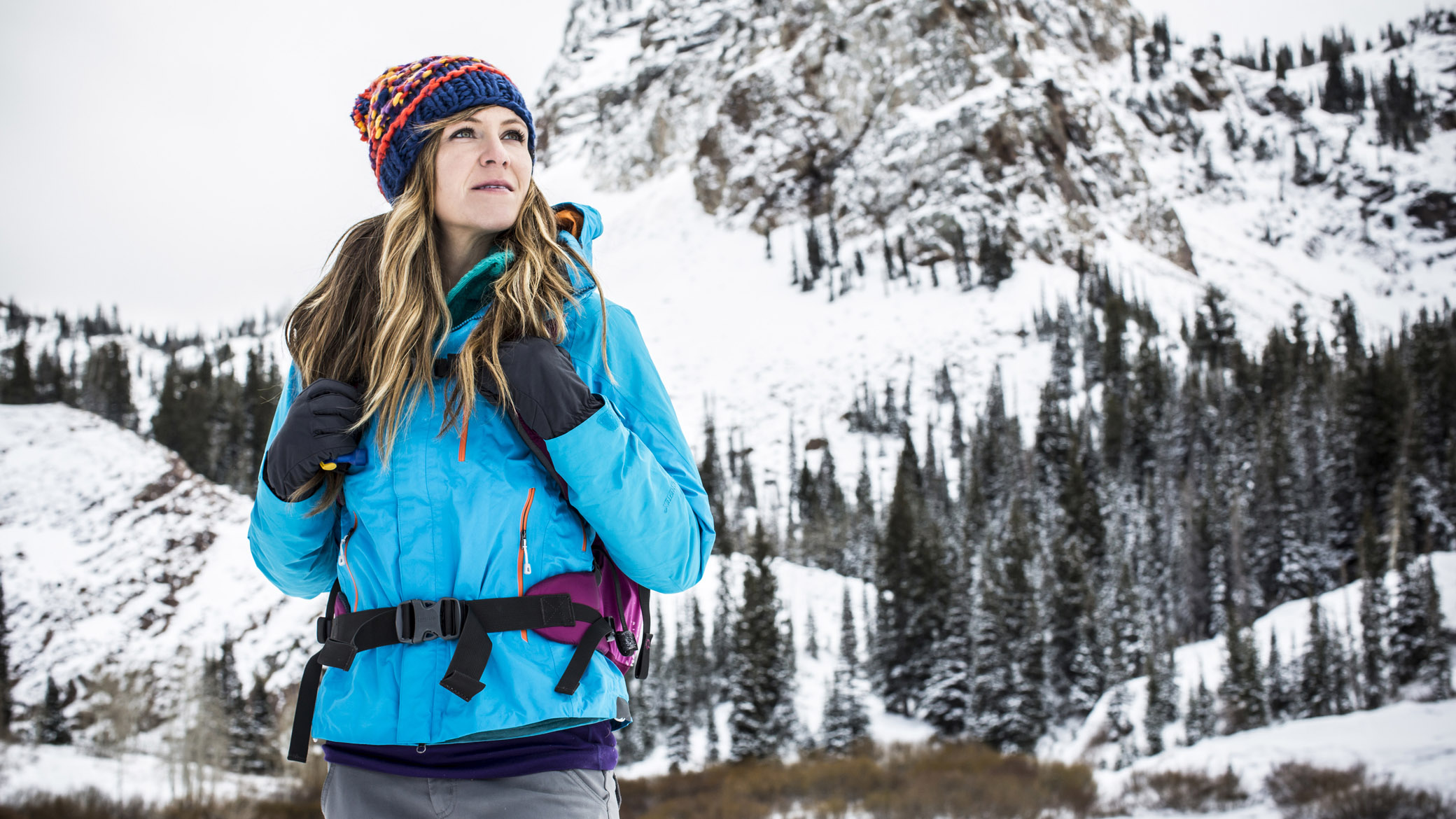
As previously mentioned, you should also carry a spare set of clothes in your dry bags for when you leap into your tent and for the next day on the trails. The additional items should include a thickly insulated down jacket, as well as spares of pretty much everything else, aside from perhaps your waterproof outer layers which will dry relatively quickly.
Tuck anything you don’t want to freeze or get too cold at night into your sleeping bag with you. Some winter campers swear by a water bottle full of hot water for added comfort.
Winter camping: cooking
The next piece of gear you need for winter camping is a camping stove and appropriate supply of fuel. That will be your lifeline in cool to cold temperatures, because it will be your means to boil water for freeze-dried meals, brew morning coffee and possibly even melt snow for drinking water.
When it comes to choosing a camping stove, there are two choices to consider based on the type of fuel source. A stove that burns liquified petroleum (LP) gas (such as propane or a butane/propane mixture) is ideal for cool to mild to warm evenings, but it won’t fare nearly as well on moderately cold or frigid nights. LP gas stoves generate their output from the pressurization of the gas that’s built into the canister when you buy it. As the temperature drop, the pressure decreases, the stove flame becomes weak and, unfortunately, there’s nothing you can do to offset it – unless it’s a high-end, newer model with a built-in pressure regulator.
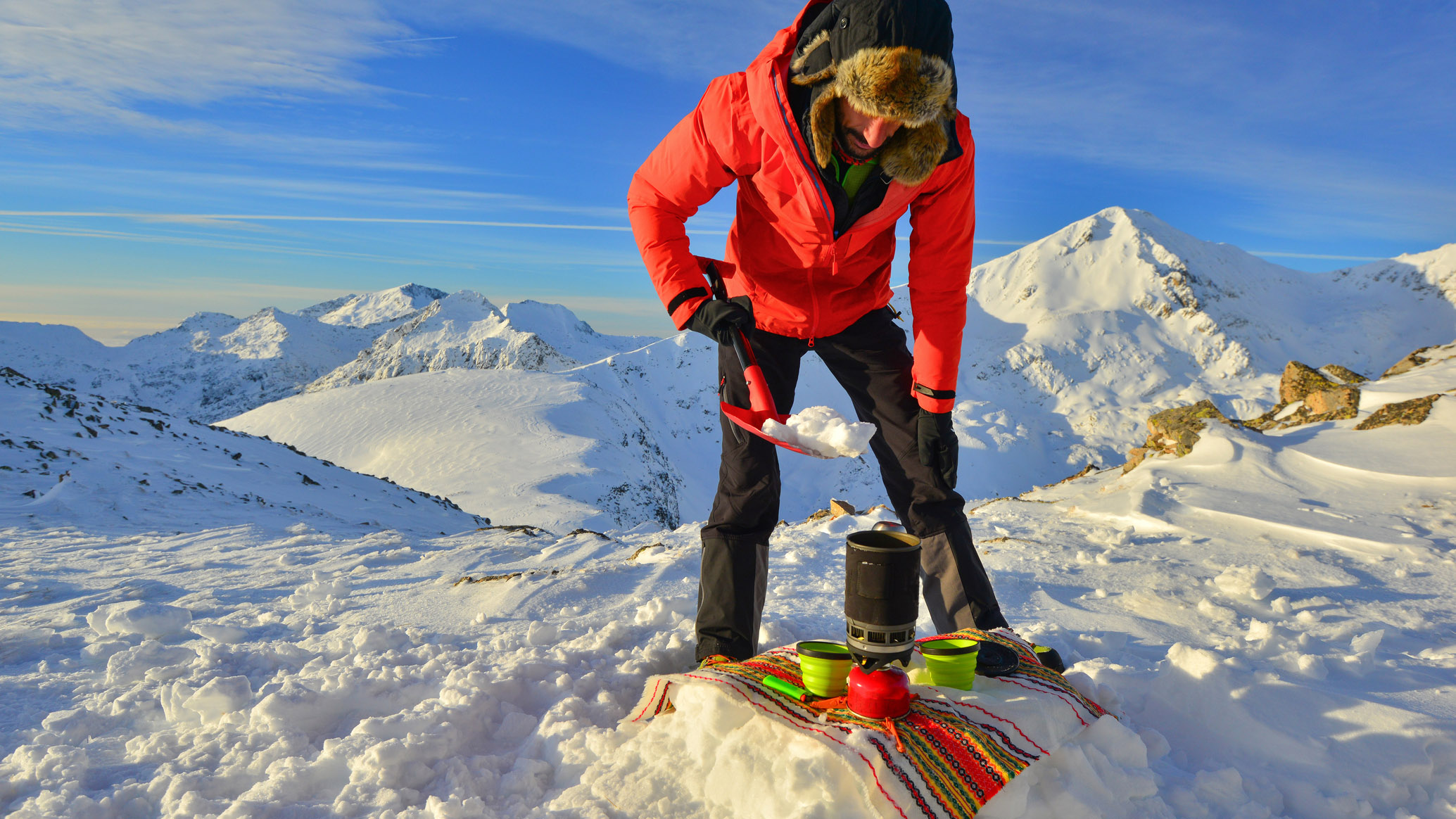
If you’re camping in colder temperatures, it’s best to opt for a stove that burns liquid fuel – aka, ‘white gas’ – because you’ll be able to regulate and re-pressurize the fuel bottle with a small, built-in pump as often as necessary. You’ll be able to maintain the gas pressure of the stove – and hence maintain a strong, consistent flame – while you’re heating up water or cooking, even though liquid fuel stoves are generally slower to bring water to boil than an effective canister stove. However, white gas is more dangerous to transport and handle because it’s a flammable, transparent liquid. If you spill it or get it on your skin or clothing, it can become a serious fire hazard when you light up your stove.
Winter camping: food and drink
As far as food goes, carrying lightweight, dehydrated or freeze-dried food is the best way to go if you’re backpacking because colder temperatures and early nightfall don’t usually afford the time or ability to make more elaborate meals the way you might during summertime camping trips. Not only are the best freeze-dried meals meals lightweight, hearty and nutritious, but you can also pour boiling water into the bowl-like packaging and simply stir and eat. They’re simple to prepare, easy to eat and there’s very little cleanup or trash when you’re done.
Plan your morning and evening meals out in advance and then supplement your daily menu with lightweight snacks that won’t freeze. Consider nuts, raisins, soft cheese sticks, nut butter packets and trail mix, but avoid thick chocolate bars, energy bars, fresh fruit or other items that might become tooth-rattling firm when left in your pack in sub-freezing temperatures overnight.
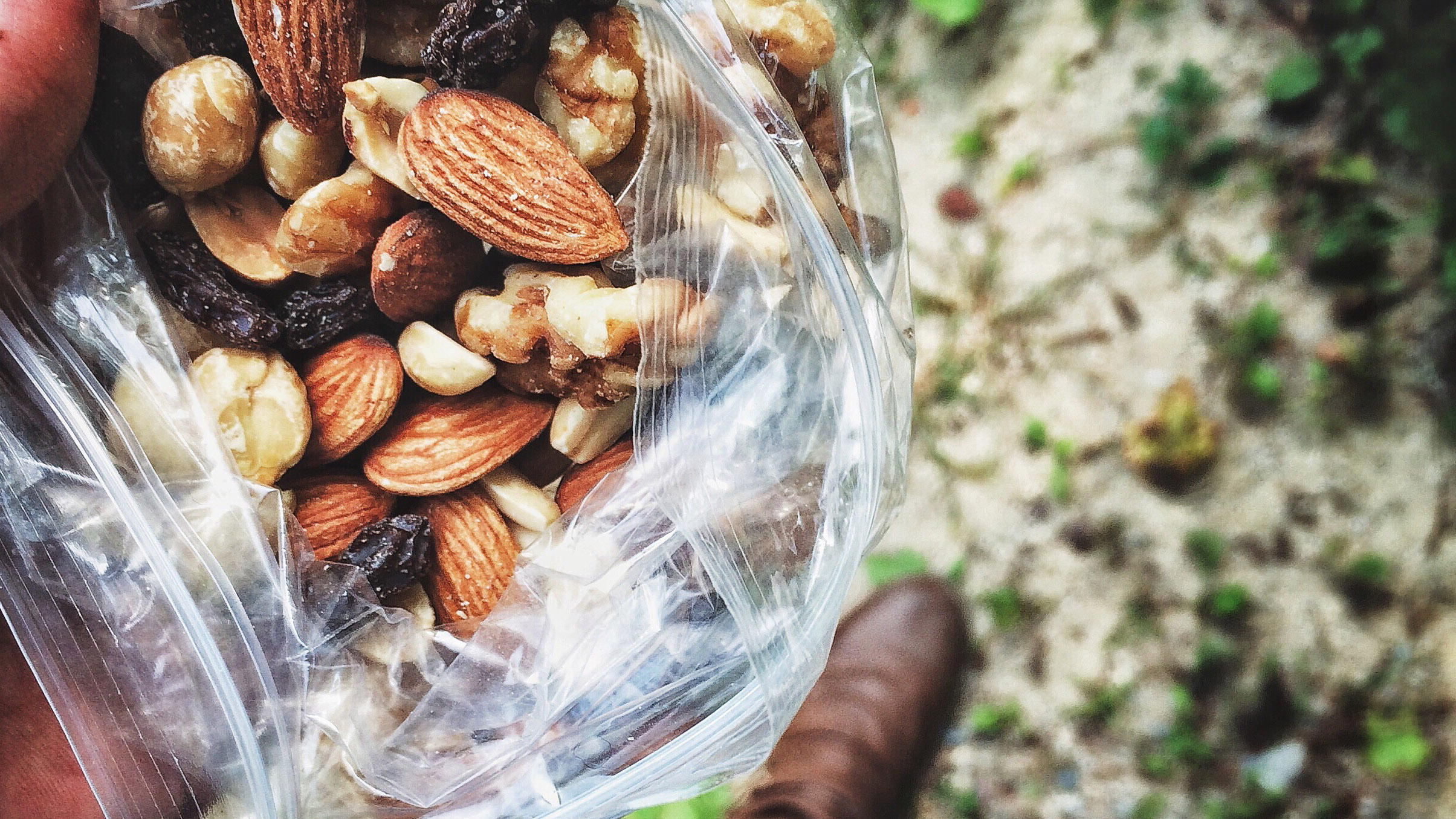
When it comes to staying hydrated, you should carry a modest amount of water in an insulated container, but don’t overload your pack with heavy bottles. If you plan to take a hydration reservoir with a drinking tube, make sure both are properly insulated so they don’t freeze. It makes sense to drink from your bottle or tube while you’re snowshoeing or skiing, but keep in mind that you can easily melt snow into water while you’re at your campsite or filter/purify water from a freshwater source. For hot chocolate, milk or fruit punch, it’s best to take powdered mixes that are lighter, easier to carry and not susceptible to freezing.
What if you want to raise a toast and have a glass of cheer? Avoid packing beer (which will freeze at approximately 28℉ or -2℃) and opt for liquor like whiskey or vodka, which has a much lower freezing point (-178℉ or -117℃) and can be easily transported in a smaller container. It’s possible to take a bottle of wine or champagne, which freezes at a moderately level (22℉ or -5℃), but you’d be wise to carry it in an insulated bottle jacket.
The adventure begins
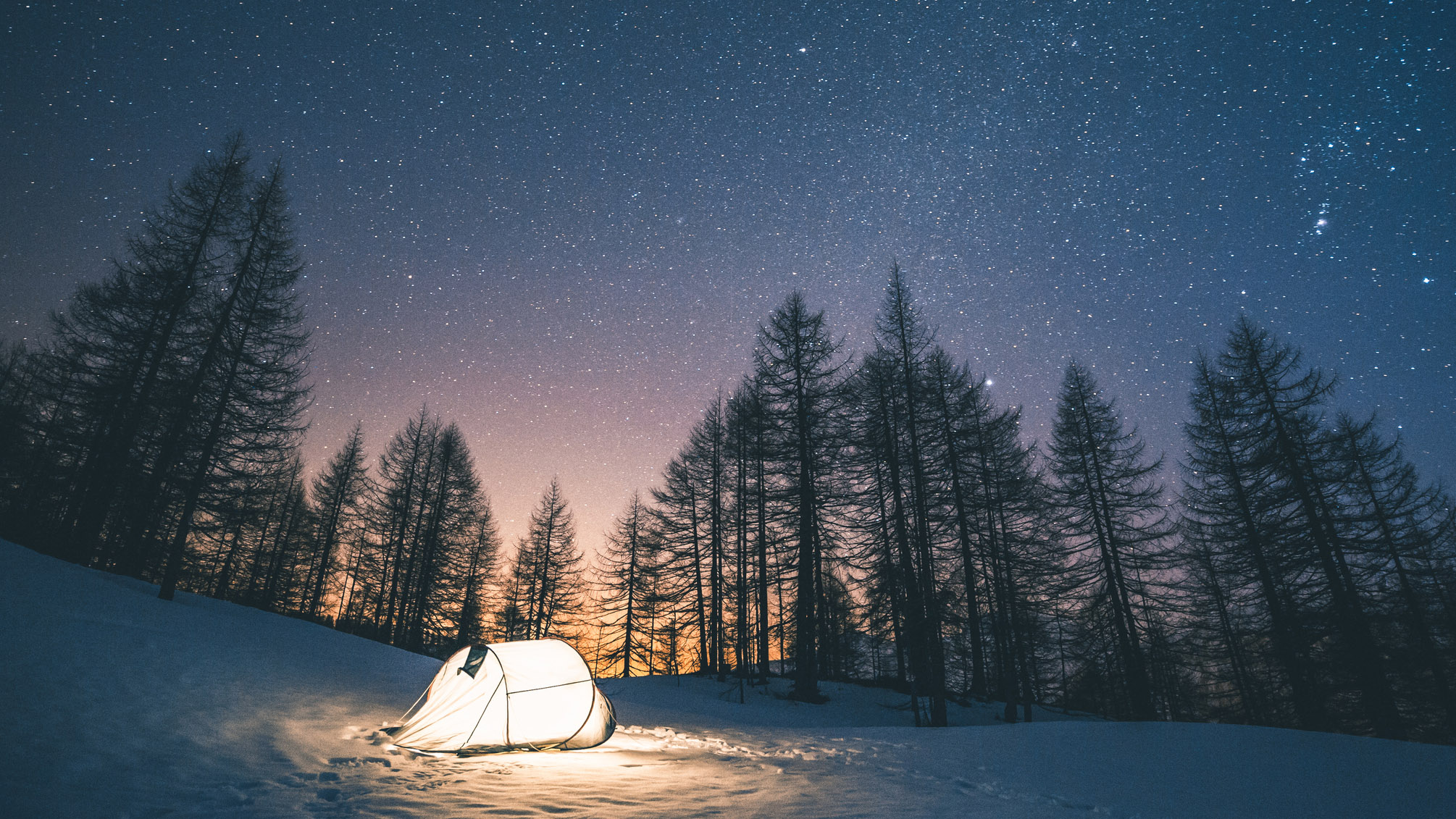
So, there you have it. Our guide on how to go winter camping successfully. Get the basics right first and practise somewhere you know well. In other words, don't head off into the mountains, taking all your luxury items with you straight away. Plan meticulously and make sure people know where you are going. Consult one of the best weather apps, look at the wind direction and plan your camping spot according to where is going to be sheltered.
Finally, be bothered. Winter mountaineers have often said that a key aspect to surviving winter adventures is to be bothered to do the things you might not in summer. Be bothered to remove that layer if you're getting a little hot. Be bothered to peg out all the guylines properly. Be bothered to make that hot cup of coffee before setting off in the morning. Be bothered to make sure you are hydrating properly and eating enough.
Winter is the cruelest season, so you've got to look after yourself. However, it is also the most rewarding and staggeringly beautiful... when things go to plan.
Brian is an award-winning journalist, photographer and podcaster who has written for Runner’s World, The Times, Outside, Men’s Journal, Trail Runner, Triathlete and Red Bulletin. He's also the author of several books, including Kicksology: The Hype, Science, Culture and Cool of Running Shoes. He lives in Boulder, Colorado, and loves to run, bike, hike, camp, ski and climb mountains. He has wear-tested more than 1,500 pairs of running shoes, completed four Ironman triathlons, as well as numerous marathons and ultra-distance running races.
